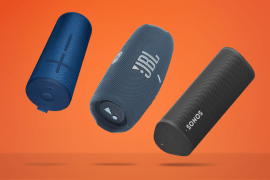How to make the best coffee with the type of machine you have
So, you've got a coffee machine in your kitchen. But how do you go about making the best brew you can with your bit of kit?
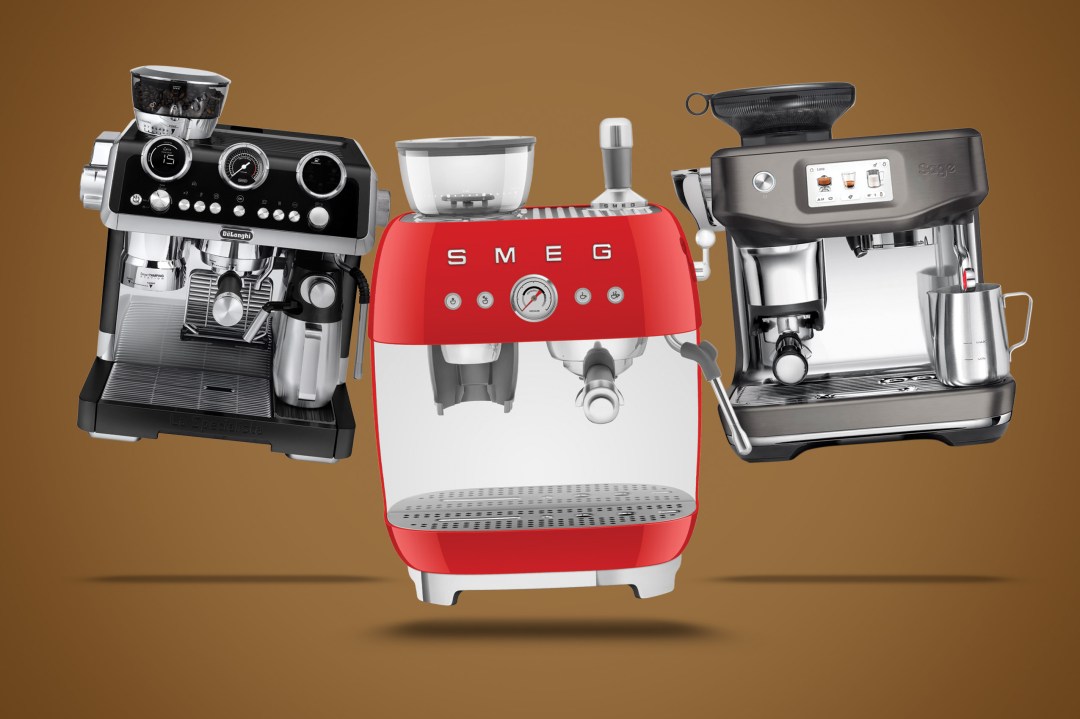
If you’re anything like me, there’s nothing better than a cup of coffee. Especially in the morning. But, unfortunately, brewing the perfect cup of Joe isn’t just about pressing a button and hoping for the best. For the best tasting cup of coffee, there’s a bit more to it than that. You’ve got to understand the coffee machine in your kitchen, and mastering the little details that make a big difference.
Whether you’re a fan of the classic drip, the robust espresso, or the artisanal French press, I’ve got the nitty-gritty to turn your average brew into a masterpiece. So let’s break it down by machine type, to help you make the best coffee with whatever machine you’ve got.
- Read more: I’ve been using a £3k+ coffee machine to see if more expensive machines make better coffee
Drip Coffee Makers
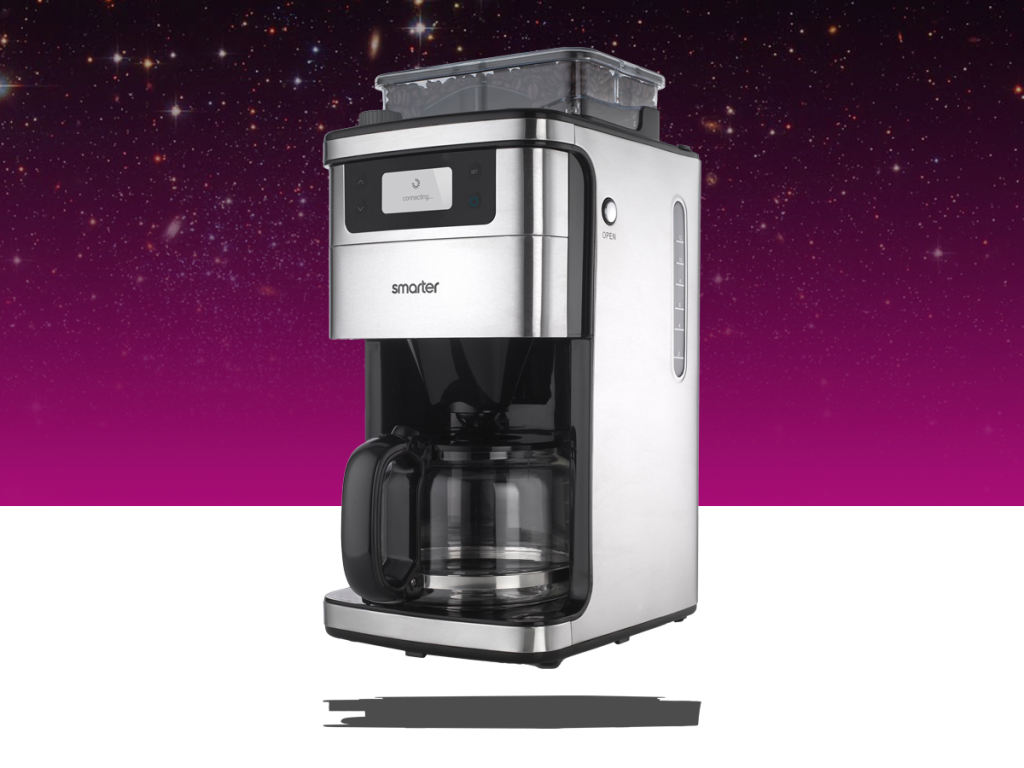
For many, the drip coffee maker is a faithful friend that greets them every morning. People have been using them for years and years, and they’re a staple in most homes and offices. It’s straightforward and reliable – but are you making the most of it?
Quality of water
Remember, your brew is mainly water (like it or not), so quality here is paramount. Soft water is your go-to since hard water, with its high mineral content, can leave your coffee tasting as dull as a rainy Monday morning. Investing in a good filter or using bottled water can make a significant difference.
As a whole, us Brits have to put up with pretty hard water. If you’ve got a water softener installed in your house, use the water from this tap.
Optimal brewing temperature
Temperature control is critical. Your machine should be capable of reaching the ideal 80° to 96°C range. If it doesn’t, your coffee might end up under-extracted (too sour) or over-extracted (too bitter). If you use boiling water, you risk burning the grounds as you pour the water in, and, trust me, you don’t want to sip that.
Check if your machine has a temperature setting, and if not, it might be time to look for one that does.
Coffee filter choices
The filter saga: to bleach or not to bleach? Unbleached paper filters are the way forward, reducing unwanted flavors. Or better yet, opt for a gold or stainless steel filter. These can enhance the coffee’s flavor profile by allowing more oils to pass through, giving you a richer brew.
Maintenance
Like any well-oiled machine, your drip coffee maker needs regular TLC. Descale it every few months to combat the build-up of minerals that can clog and slow down your machine. Not only does this keep your coffee tasting fresh, but it also prolongs the life of your coffee maker.
Most machines will come with some sort of descaling tablets, or at least offer them on their website. Where possible, try to use these, as they’ll be friendliest for your machine.
Espresso Machines
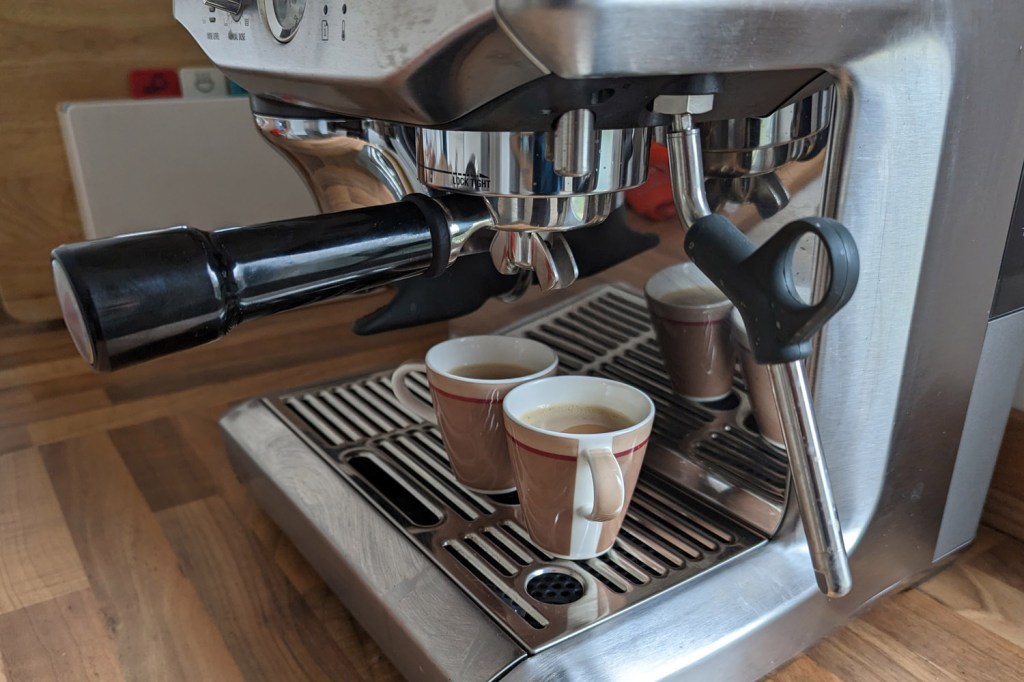
For those who take their coffee with a serious dose of strength and flavour, the espresso machine is your weapon of choice. It lets you create all manner of coffee beverages, akin to having your own cafe in your kitchen.
Water pressure and temperature
The secret to that perfect espresso shot is the right combination of pressure and heat. Aim for about 9 bars of pressure and water temperatures around 90°C. This high pressure forces water through the finely ground coffee, extracting all the goodness and leaving you with a creamy top layer – the beloved crema.
Milk texturing
Fancy a latte or a cappuccino? The milk matters as much as the coffee. Always use fresh, cold milk and steam it to between 55° and 70°C This range is optimal for creating a smooth, velvety froth without burning the milk, which can ruin the flavour.
When picking out a machine, look for one that lets you froth the milk manually, ensuring you can pick how foamy it gets. There’s lots of milk science you can learn (I know, thrilling, right?) if you’re into coffee.
Dose and yield
Precision is key here. About 7-9 grams of coffee per shot ensures that you get the full flavour without overpowering bitterness. Experiment with your machine to find the perfect balance for your taste, and remember that sometimes, less is more.
Just to confuse matters, different beans will want different settings. Whenever you switch beans, go for one to two cups where you fiddle around with settings to break them in, and find your ideal flavour.
French Press
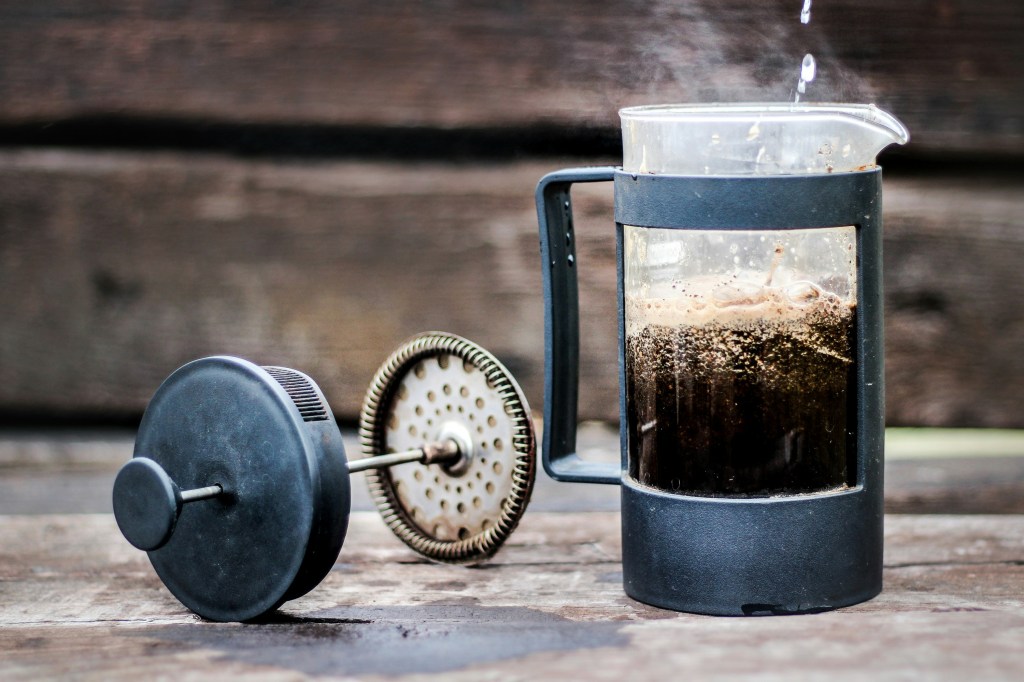
The French Press is a beloved method for those who enjoy a hands-on approach to their morning brew – a little effort for a lot of reward. Plus, if you’re easily pleased like me, you’ll no doubt take great delight in plunging the press down (more on this later).
Pre-warming the press
Kick things off by warming up your French Press. Just fill it with hot water and let it sit for a minute before discarding the water and adding your coffee. You don’t have to bother with drying it, since your coffee grounds are about to go for a swim anyway. This keeps everything toasty and ensures that the brewing temperature remains consistent.
Plunge technique
The plunge should feel smooth and steady. If you’re fighting resistance, your grind is too fine; if it feels too easy, too coarse. Aim for a consistency somewhere between sea salt and coarse sand. The right grind ensures that the water interacts with the coffee in just the right way, making for a better extraction.
Of course, there’s not much you can do for your current brew when plunging. Just take a look at what you did this time, and adjust accordingly next time you whip up a batch.
Serving immediately
When your coffee’s done brewing (after around 4-5 minutes), serve it right away. Letting it sit allows it to continue brewing and can lead to an overly bitter taste. Decant it into another container (an empty French Press works perfectly) if you’re not going to drink it immediately to preserve the perfect balance of flavours.
Percolators
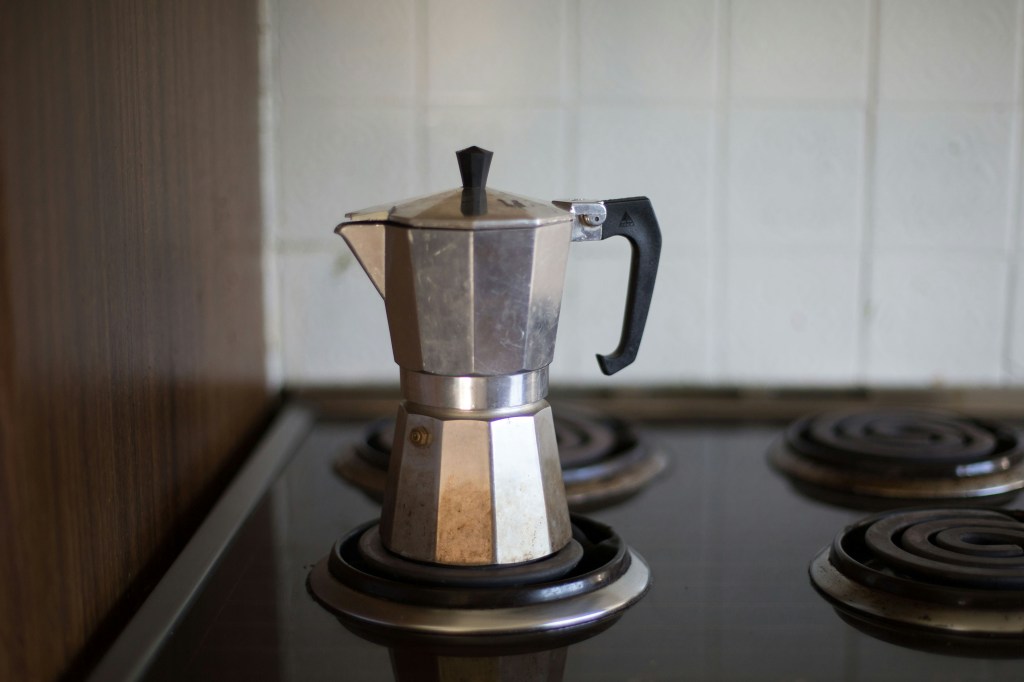
Often overlooked, the percolator is for those who enjoy the ritual of brewing as much as the resulting cup. It works similarly to a moka pot if you’ve ever used one of those, but with a few key differences.
Avoid overheating
Percolators need a gentle heat – think simmer, not boil. High temperatures can scald the coffee, leading to a bitter and burnt taste. Keep an eye on it, and as soon as you hear the percolating start, turn down the heat.
Time your percolation
Timing is everything. Generally, 7 to 10 minutes of percolation is enough. Any longer, and you risk extracting too much bitterness. Experiment with the timing to find the sweet spot for your particular taste preference.
Stirring occasionally
A little stir midway through brewing can improve the evenness of the extraction. This ensures all the coffee grounds are fully engaged in the brew process, leading to a more consistent and satisfying cup.
Aeropress
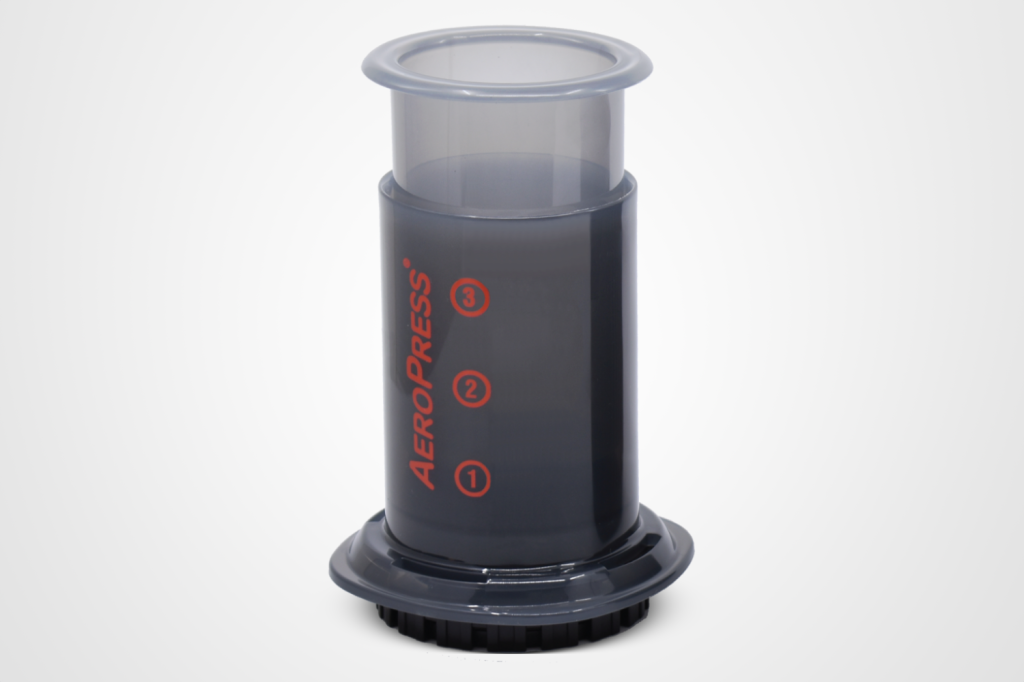
A favourite among those who value precision and versatility, the Aeropress is a modern classic in the world of coffee. It’s also going to be a godsend travel coffee maker if you’re on the go and want to whip up a brew.
Temperature control
Control is at your fingertips with an Aeropress. For lighter roasts, stick to cooler water (75° to 85°C) to tease out floral and fruity notes. For darker roasts, a slightly higher temperature helps to fully develop those rich, chocolaty flavours.
I appreciate this may be harder to do if you’re using an Aeropress on the go. If you do end up going slightly hotter or cooler, your resulting cuppa isn’t going to be undrinkable. We’re just talking about the getting the most flavour as you can.
Pressing time
The pressing time should be controlled and consistent – think of it as a slow, steady plunge lasting about 20 to 30 seconds. This ensures a balanced extraction, where all the subtle nuances of the coffee are preserved and not overshadowed by bitterness.
Multiple filters
Experimenting with different filter combinations can significantly affect the clarity and body of your coffee. Using two paper filters, or a combination of one metal and one paper filter, can reduce sediment and produce a cleaner, crisper cup.
Cold Brew Makers
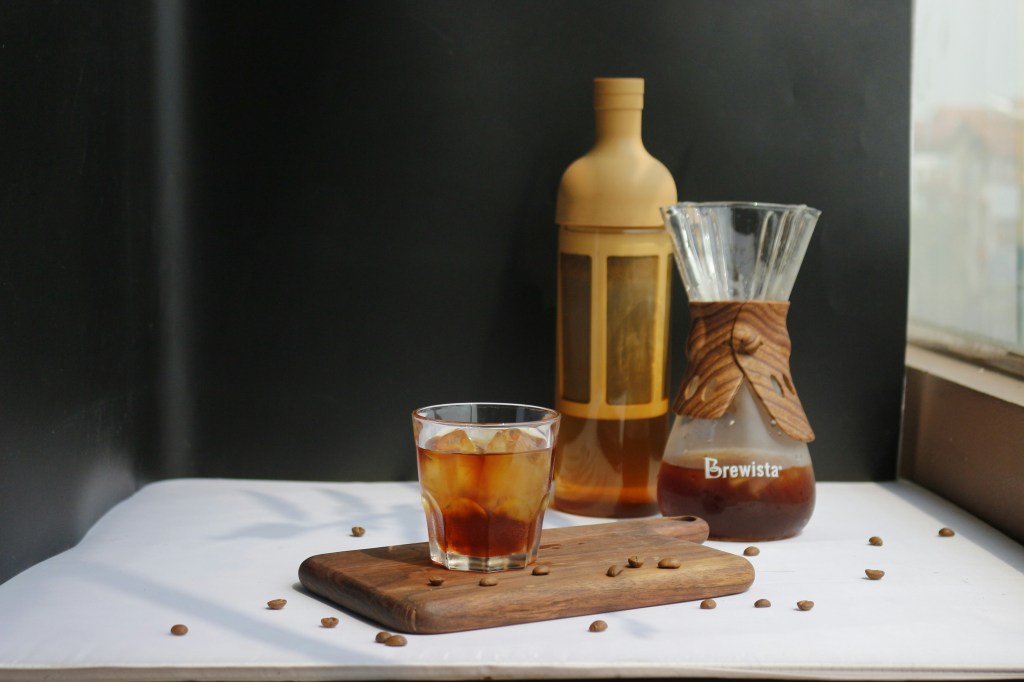
For those hot summer days or for anyone looking for a less acidic coffee, cold brew is a splendid choice. While cold brews used to be reserved for hardcore home baristas or coffee shops due to the longer brew time, there are plenty of at-home machines you can pick now.
Water to coffee ratio
Cold brew is a forgiving method, but starting with a 1:8 coffee-to-water ratio by weight sets a good baseline. Want a stronger concoction? Feel bold and bump it up to a 1:4 ratio. It’s all about personal taste here.
If you’ve made a batch already and find it too strong, you can always dilute it when you serve it with regular water. Go slow and add just a bit at a time. You can always add more, but can’t take it out again.
Storage
Keep your brewed concoction chilled. Store it in the fridge and aim to consume it within a week for the best flavour. Over time, even in the fridge, coffee can start to oxidise and lose its magic. But, if you’re anything like me, drinking it up won’t be a problem.
Flavour enhancements
Why not spice things up? Adding spices like cinnamon or nutmeg during the steeping process can infuse your brew with intriguing undertones, making each sip a little adventure. Sweeter flavours work best here, offering something more summery (which is usually when you’ll drink cold brew). It’ll also play nice with the sweeter elements of your coffee beans.

